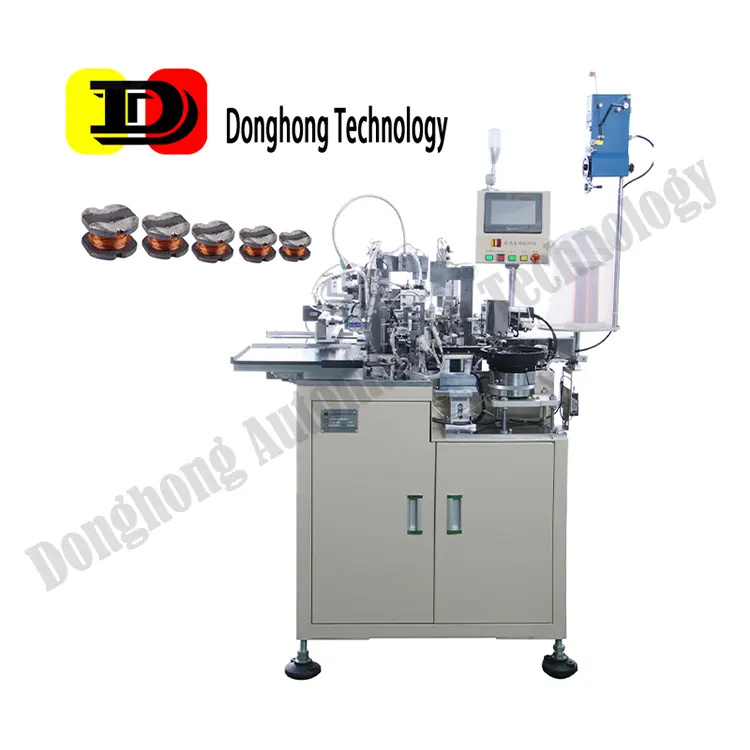CD Series Inductor Packaging Revealed: Shock and Moisture Resistance Matters
2025-07-21
Electronic factory purchasers have been asking: How should CD Series inductors be packaged reliably? As a core component of 5G base stations and new energy vehicle electronic control systems, these precision inductors made of nanocrystalline alloy materials are extremely sensitive to mechanical shock and humidity. Improper packaging can lead to fatal defects such as Q value decline and inductance drift.
Industry insider Old Zhou revealed that the current mainstream approach is a “three-layer protection” system: the first layer uses anti-static aluminum foil bags with a thickness of ≥0.1mm, equipped with humidity indicator cards for real-time monitoring; the second layer uses ABS engineering plastic trays with a compression strength of 50kg/cm², with each recess precision-machined via CNC, with tolerances controlled within ±0.05mm; The third layer uses corrugated cardboard boxes with a basis weight of ≥300g/m², lined with a 3cm-thick EPE pearl cotton cushioning layer. A quality inspector named Xiaoli from a Shenzhen electronics factory said, “We validated this packaging solution through ISTA-3A transportation testing, which demonstrated it can withstand a 1.5-meter free fall and 3G continuous vibration, with inductance parameter drift controlled within ±1%.”

What is even more noteworthy is the intelligent improvement: the latest generation of pallets are embedded with NFC chips, allowing users to scan the code to obtain complete traceability information such as batch numbers and MSL humidity sensitivity ratings. Practical data from an ODM manufacturer shows that after adopting this intelligent packaging, production line misuse rates decreased by 67%, and changeover time was reduced to one-third of the original.
However, cross-border transportation still requires special attention: there have been cases where CD series inductors oxidized due to container “sweating” on Southeast Asian routes. In addition to conventional 3A-grade desiccant beads, experts strongly recommend the following measures: ① Maintain a negative pressure of -0.08 MPa during vacuum packaging; ② Place lithium chloride desiccants inside the container; ③ Conduct a 48-hour high-low temperature cycle test (-40°C to 85°C) on maritime cargo. As emphasized in TI's technical white paper: “The reliability of inductors is established from the packaging stage onwards.”
As a professional manufacturer and supplier, we provide high-quality products. If you are interested in our products or have any questions, please feel free to contact us.


